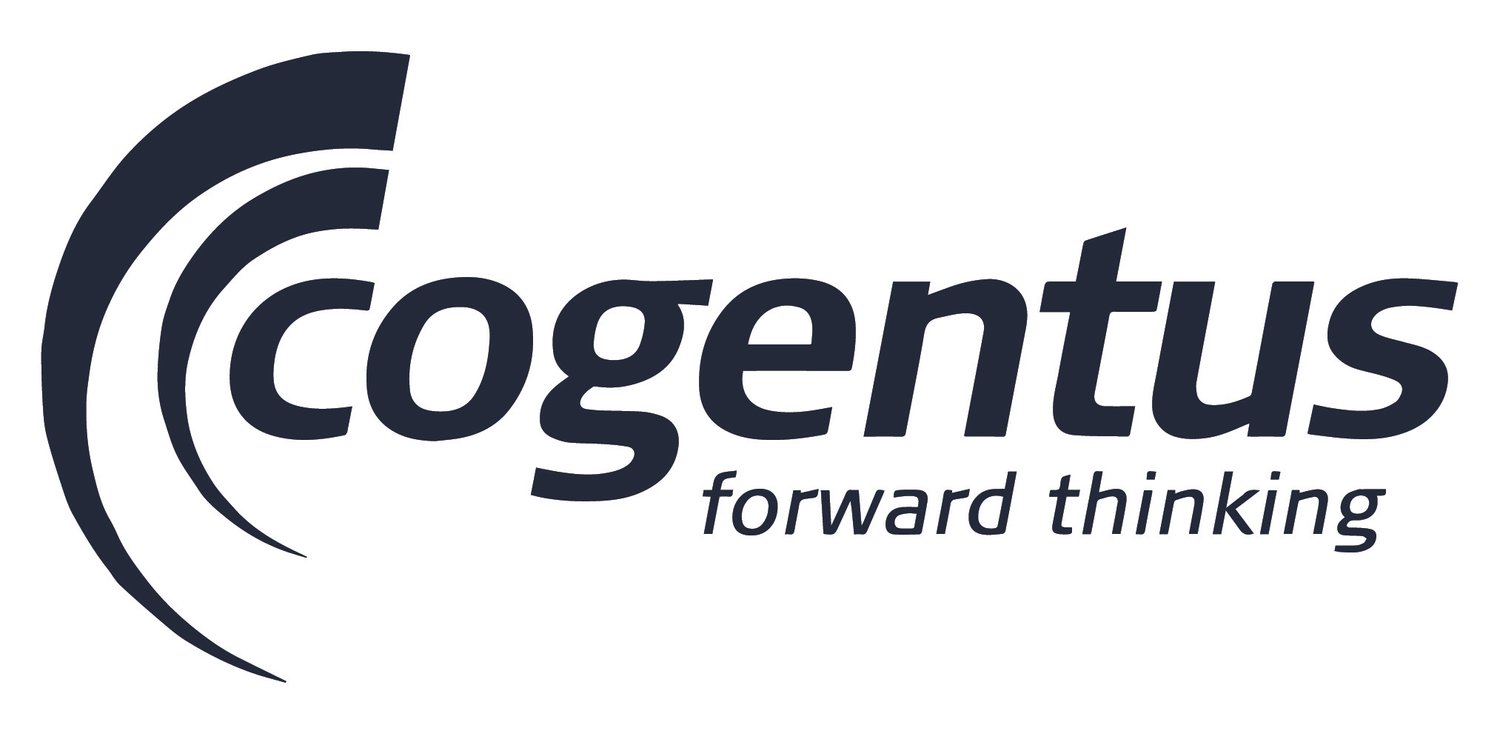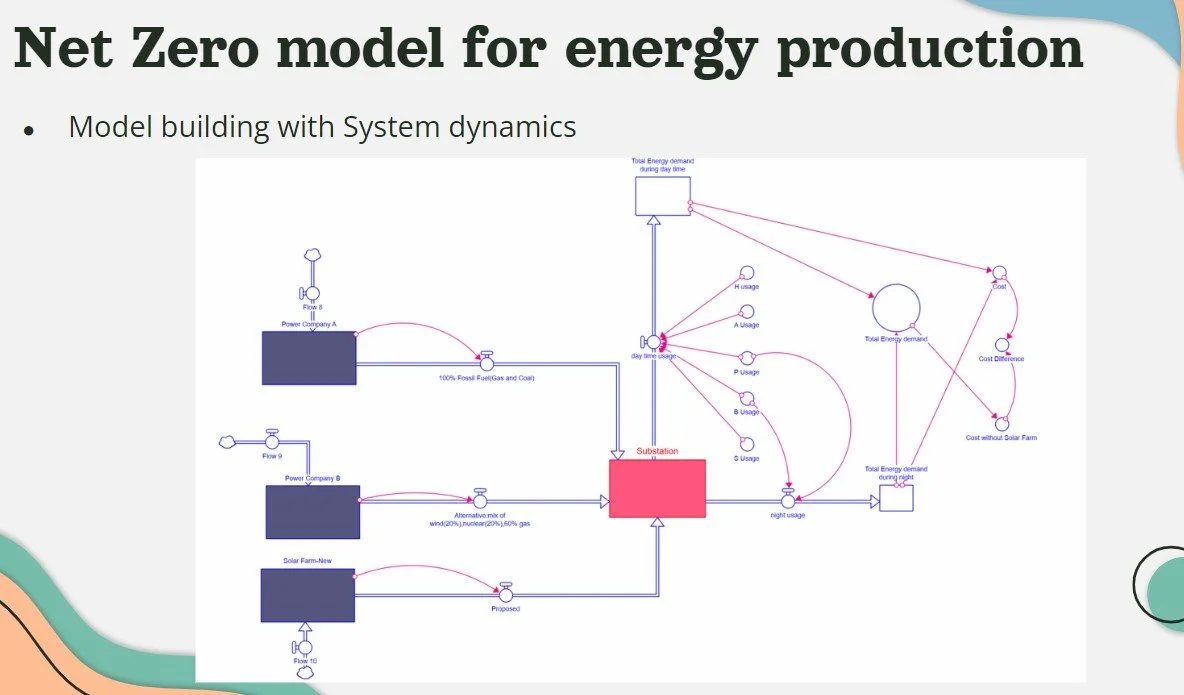This year we had Chris Chang, a student from the LSE (London School of Economics) OR/Data Science MSc course for a summer project.
The purpose of this project was to investigate the benefits of multi-methodologies with Goldratt's Theory of Constraints (TOC) and System Dynamics (SD). This covered the theoretical underpinnings of the two methodologies plus a short practical example using both SD and TOC to examine complementarities.
The development of multi-methodology approaches is of considerable interest to Cogentus as we often use complementary tools, techniques, methods and methodologies to enhance the understanding of tricky problems from different perspectives. We believe systems thinking is a critical philosophy or approach to solving tricky challenges; the Idea Catalog has tools specifically designed to generate system diagrams and understand (and solve) contradictions in complex systems.
In this project, we wanted Chris to demonstrate how the specific methods and methodologies known as TOC can be used to complement the use of traditional systems approaches involving SD.
I’ve pulled out a few of the key slides from Chris’ presentation that gives an overview of the methodologies and benefits of using complimentary tools. He did a great job - thanks to him and the LSE team for making it happen. If you want to know more details on the project, or anything associated with systems thinking and problem solving please contact us.
Theory of Constraints
The core idea of the TOC is that every system has some constraints in achieving its goals, and that any system will always have at least one constraint.
The underlying assumption of TOC is that the ultimate goal of any organization is profitability, and that the key to achieving this goal is to identify and manage the constraints that prevent the organization from achieving its goal.
Physical: machinery, raw material availability or production capacity
Non-physical: policy, cultural or market factors.
TOC Evaporating Clouds
Evaporating Cloud is a conflict resolution tool developed by the Goldratt Group, whose name symbolizes the "evaporation" of conflict by resolving the concerns of both parties.
Structured approach:
(1) Identify and display all elements of a conflict situation
(2) Identify underlying assumptions that cause the conflict to exist
(3) Develop solutions that invalidate one or more of the assumptions
System Dynamics
System Dynamics (SD) is a computer simulation method for understanding and analyzing the behavior of complex systems. At the center of SD lies the identification and simulation of feedback loops in systems
System Dynamics process:
(a) Understand the definition of the situation
(b) Model building
(c) Run the simulation model
Case Study
Net Zero model for energy production
The project is tasked of transitioning the processing of hazardous waste towards a Net Zero model, which mandates a continuous and uninterrupted power supply, such as solar power. However, a critical conflict arises with the inherent intermittency of solar energy, which does not function effectively during night, thus posing a significant challenge to the continuous power requirement.
Resource allocation in processing of hazardous waste
In production part, the project confronts the challenge of rational resource allocation amidst facilities that are in varying states of disrepair. This calls for a strategic approach to optimize the operational efficiency and throughput of the facility.
Findings
In the first example, we observed that TOC, as the strategist, informs us of what needs to be changed and how to initiate those changes. Meanwhile, SD, as the executor, allows us to simulate various decisions within a dynamic environment.
In the second example, we observe numerous similarities between the Theory of Constraints (TOC) and System Dynamics (SD). Both methodologies require the identification of system elements, the execution of operational strategy within the system, and subsequent system improvement based on feedback outcomes.







